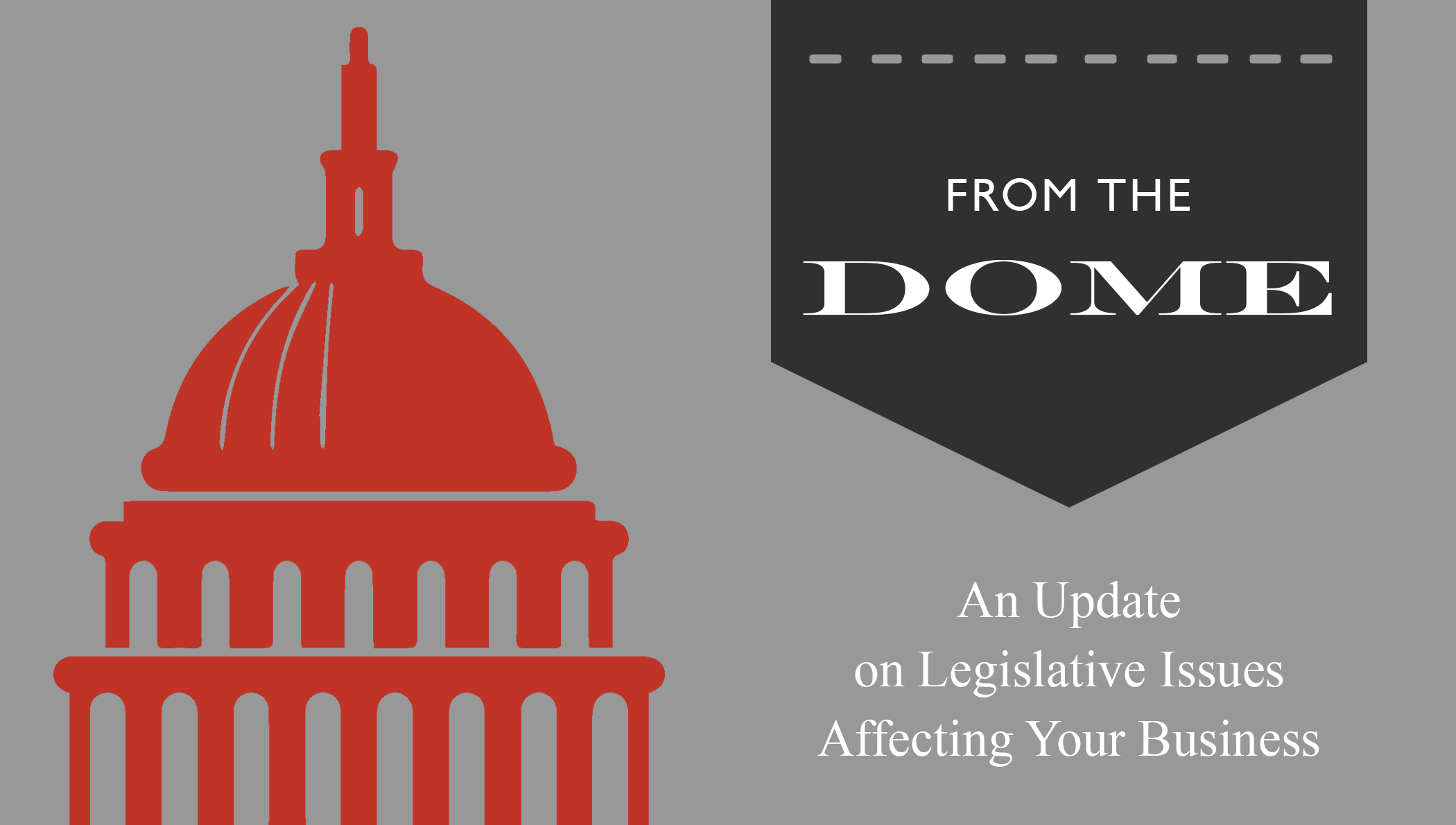 Governor Dayton took action Tuesday on all the major bills sent to him – signing all the budget bills and tax bills to avoid a government shutdown. The Governor did veto a bill that would have preempted local governments from setting their own labor standards.
Governor Dayton took action Tuesday on all the major bills sent to him – signing all the budget bills and tax bills to avoid a government shutdown. The Governor did veto a bill that would have preempted local governments from setting their own labor standards.
However, negotiations may not be done as Gov. Dayton line-item vetoed the House and Senate legislative budgets in an attempt to force them back to the table to negotiate some issues he has concerns with. Legislative leadership already has indicated that it will likely go to court to challenge Dayton’s line-item veto of the legislative appropriations as unconstitutional due to the separation of powers.
All that said, the bills that the Governor did sign will go into law – and Greater Mankato Growth saw some significant victories in advancing our legislative agenda. Over the next week, Greater Mankato Growth will highlight the key bills that passed and what they mean for businesses and our region – so be sure to check back on our blog for more updates. First up is the tax bill.
The Legislature delivered the biggest tax relief bill for Minnesotans since 2001 – totaling approximately $660 million dollars. Highlights of the tax bill include:
Sales Tax Extension: Extension of the .5% sales tax passed for both Mankato ($47 million) and North Mankato ($9 million).
Property tax: The automatic annual inflator in the statewide property tax was eliminated, and the first $100,000 of a property’s market will be exempt from the state levy and the overall levy was reduced by $55 million. This tax change will benefit every business located in the state – especially smaller businesses. The Governor would like to see the elimination of the automatic inflator removed in a Special Session, however.
Research-and-development credit: The tax credit will be enhanced by increasing the second-tier percent from 2.5% to 4%. This will ensure continued competitiveness for the innovation segment of Minnesota’s economy.
Estate tax: The threshold for this tax will be increased from the current $2 million to $3 million by 2020. The federal level is $5.49 million. The Governor would also like this provision removed in a Special Session.
Other Key Provisions:
- Residency factors – An individual’s use of Minnesota financial advisers, accountants, etc., will no longer be used to determining residency for tax purposes.
- Allows a portion of Social Security income to be subtracted from state taxes
- 40% credit on farm property taxes levied for school district bonding projects.
- Provisions to help people carrying student debt or saving for higher education expenses including:
- a nonrefundable credit for contributions to a new college savings plan;
- a maximum credit of $500 toward student loan payments; and
- a subtraction for discharge student loan debt.
- First-time homebuyers would be encouraged to establish a savings account for that purpose up to $150,000 and be allowed to subtract from their taxes the interest earned on the account.
- Local government aid and county program aid would be increased annually beginning in 2019 by $15 million and $25.5 million respectively.




